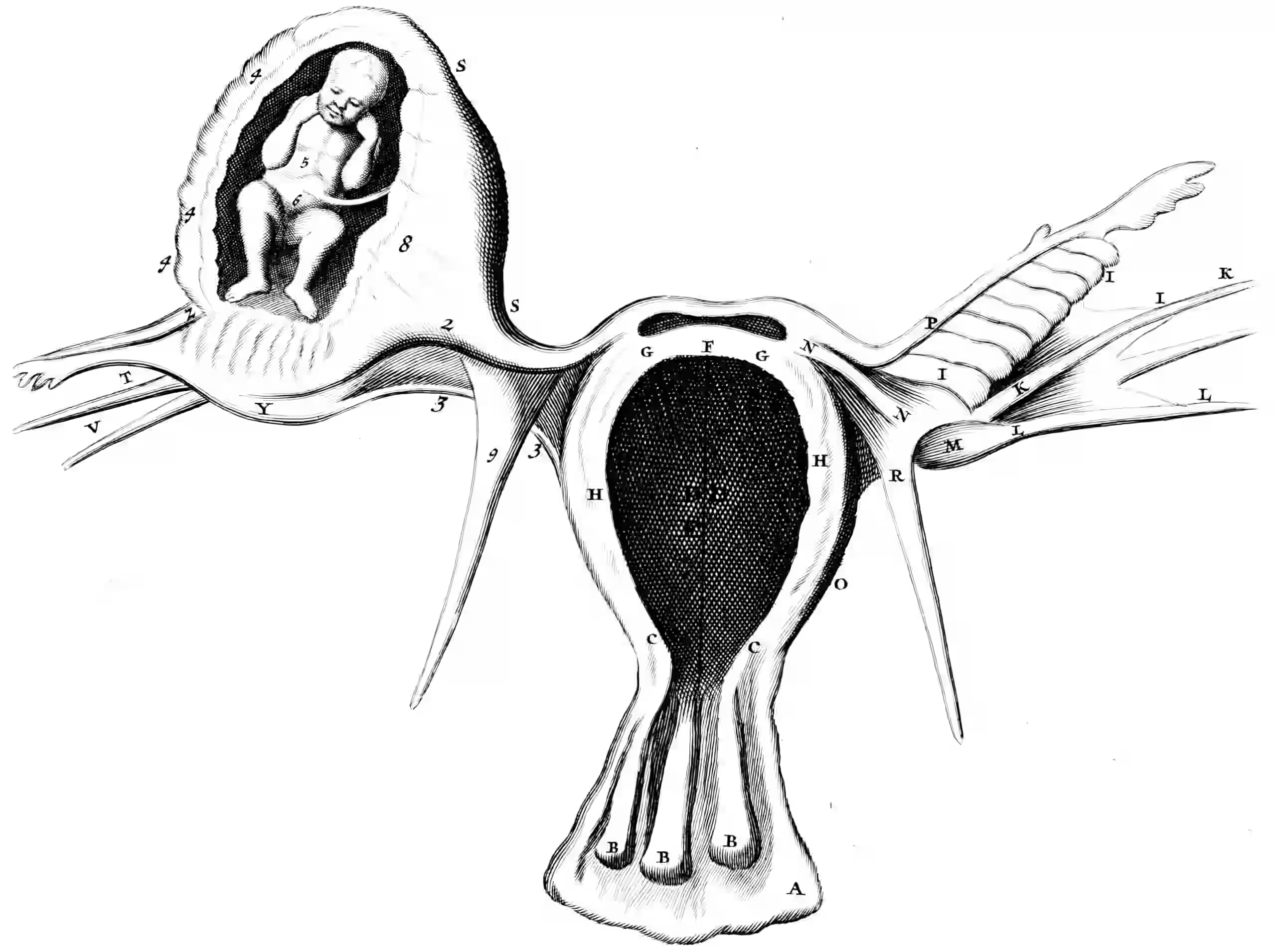Artificial life
December 13, 2011 — September 22, 2024
adaptive
agents
evolution
gene
grammar
incentive mechanisms
learning
life
neuron
probabilistic algorithms
stringology
swarm
time series
Suspiciously similar content
On simulating systems with evolutionary behaviour somewhat like life. Many fun sub-fields here. Evolutionary algorithms, cellular automata…
I am especially interested in whether life is universal, in the sense that many different systems evolve to life-like states. That is a slightly more general version of the question of whether life is common.
1 Incoming
286 | Blaise Agüera y Arcas on the Emergence of Replication and Computation – Sean Carroll
2 References
Arcas, Alakuijala, Evans, et al. 2024. “Computational Life: How Well-Formed, Self-Replicating Programs Emerge from Simple Interaction.”
Bongard, and Levin. 2021. “Living Things Are Not (20th Century) Machines: Updating Mechanism Metaphors in Light of the Modern Science of Machine Behavior.” Frontiers in Ecology and Evolution.
Bown, Eldridge, and Mccormack. 2009. “Understanding Interaction in Contemporary Digital Music: From Instruments to Behavioural Objects.” Organised Sound.
Floreano, and Mattiussi. 2008. Bio-Inspired Artificial Intelligence: Theories, Methods, and Technologies (Intelligent Robotics and Autonomous Agents).
Füchslin, Dzyakanchuk, Flumini, et al. 2012. “Morphological Computation and Morphological Control: Steps Toward a Formal Theory and Applications.” Artificial Life.
Gould, and Eldredge. 1977. “Punctuated Equilibria: The Tempo and Mode of Evolution Reconsidered.” Paleobiology.
Grosse, Salakhutdinov, Freeman, et al. 2012. “Exploiting Compositionality to Explore a Large Space of Model Structures.” In Proceedings of the Conference on Uncertainty in Artificial Intelligence.
Kirby. 2002. “Natural Language From Artificial Life.” Artificial Life.
Langton. 1986. “Studying Artificial Life with Cellular Automata.” Physica D: Nonlinear Phenomena, Proceedings of the Fifth Annual International Conference,.
Levin. 2019. “The Computational Boundary of a ‘Self’: Developmental Bioelectricity Drives Multicellularity and Scale-Free Cognition.” Frontiers in Psychology.
Levy. 1993. Artificial Life: A Report from the Frontier Where Computers Meet Biology.
Lizier, Prokopenko, and Zomaya. 2007. “Detecting Non-Trivial Computation in Complex Dynamics.” In Advances in Artificial Life. Lecture Notes in Computer Science.
McCormack. 2004. “Aesthetic Evolution of L-Systems Revisited.” Applications of Evolutionary Computing, Lecture Notes in Computer Science,.
———. 2010. “Enhancing Creativity with Niche Construciton.” In.
McCormack, and Bown. 2009. “Life’s What You Make: Niche Construction and Evolutionary Art.” In Applications of Evolutionary Computing.
Monro. 2009. “Emergence and Generative Art.” Leonardo.
Palmer, Arthur, Holland, et al. 1994. “Artificial Economic Life: A Simple Model of a Stockmarket.” Physica D: Nonlinear Phenomena.
Palmer, Arthur, Holland, et al. 1999. “An Artificial Stock Market.” Artificial Life and Robotics.
Randazzo, Mordvintsev, and Fouts. 2023. “Growing Steerable Neural Cellular Automata.” In.
Straatman, White, and Banzhaf. 2008. “An Artificial Chemistry-Based Model of Economies.” Artificial Life.
Whitelaw. 2006. Metacreation: Art and Artificial Life.
